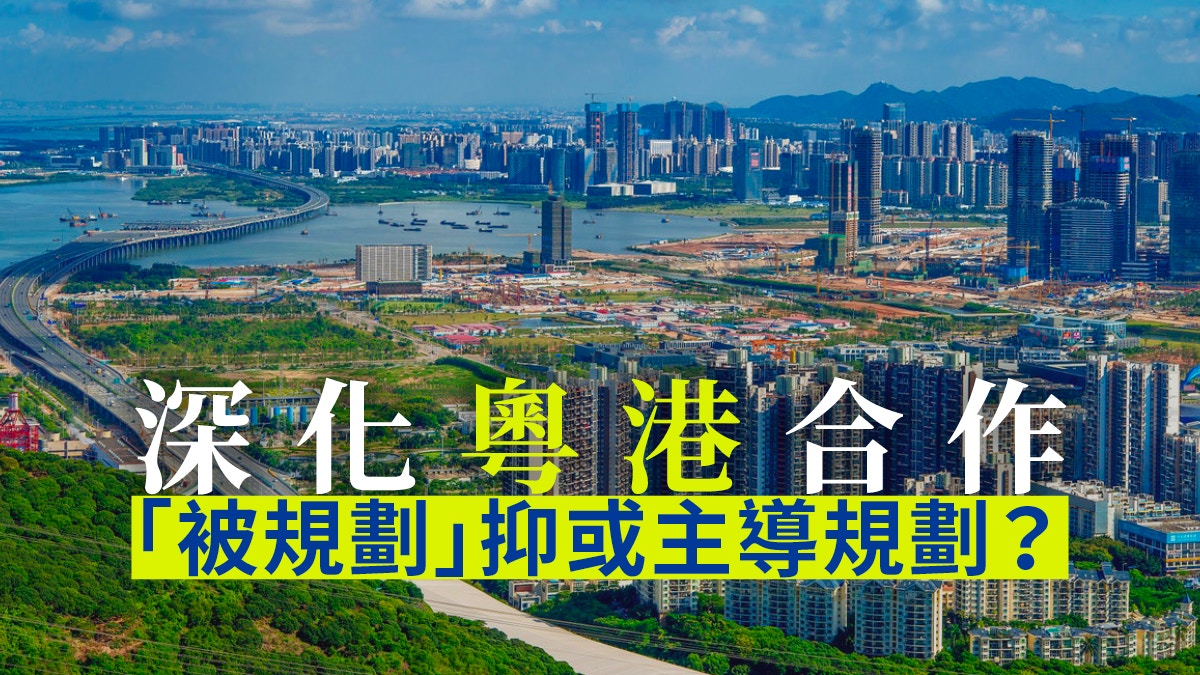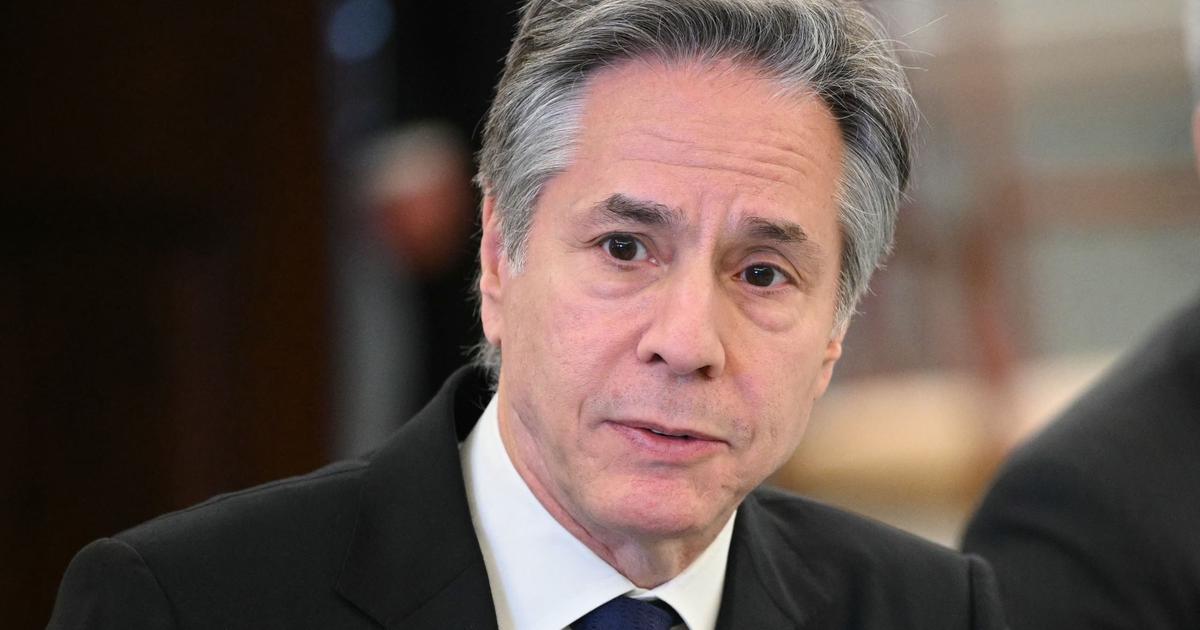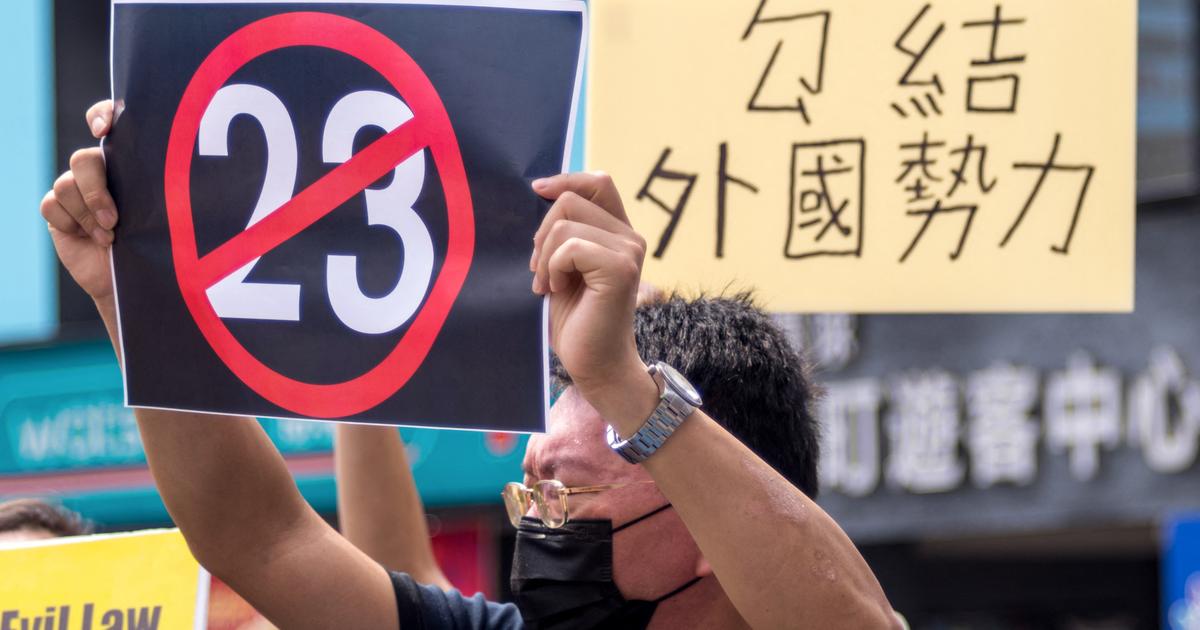After an online meeting with officials from Guangdong Province, Guangzhou City and Shenzhen City on Thursday (September 1), Chief Executive Li Jiachao announced that in addition to receiving support from the mainland for the reverse quarantine and customs clearance arrangement proposed by the Hong Kong government, a new cooperation plan was finalized between Hong Kong and Guangdong. , the two sides will set up 13 special cooperation courses in the northern metropolitan area, commerce, youth, shipping and other fields.
Hong Kong and Guangdong have always had close relations and have a long history of cooperation.
Not only did Hong Kong rely heavily on labor from Guangdong in its early operations, but after the founding of the People's Republic of China, a large number of immigrants from the Mainland poured into Hong Kong from Guangdong, which further promoted post-war economic and urban development.
After the 1980s, the flow of people reversed, and a large number of Hong Kong businessmen went north to Guangdong to set up factories.
Chief Executive Lee Ka-chao and Chief Secretary for Administration Chan Kwok-kee met with reporters to explain the cooperation between Guangdong and Hong Kong.
(Photo by Zheng Zifeng)
"River water does not violate well water" hinders cooperation
Guangdong and Hong Kong have frequent exchanges and close cooperation, but the role of the Hong Kong government is not obvious.
Before the handover, it is understandable that there were not many official exchanges between Guangdong and Hong Kong, but after the handover, Hong Kong also did not play an important role in the cooperation.
The central government and the Hong Kong government once understood "one country, two systems" as "the water of the river does not violate the water of the well", which also makes the separation between Guangdong and Hong Kong quite obvious.
In 1998, Guangdong and Hong Kong established the "Guangdong-Hong Kong Co-operation Joint Conference", but the main issues are around minor issues such as border crossing and environmental protection, and the actual results are limited.
Even on smaller issues such as airport cooperation, Hong Kong has not been able to reach a cooperation plan with the other four major airports in Guangdong Province through a mechanism for the division of labor and cooperation.
The limited cooperation between the SAR government and the mainland was initially because the technocrats had not changed their colonial arrogance and believed that the mainland was just a back garden for Hong Kong people.
Especially after China joined the WTO in 2001, a large amount of investment entered Guangdong through Hong Kong, and many Hong Kong people returned to the mainland to set up factories to invest. At that time, the general understanding of Hong Kong people on Guangdong-Hong Kong cooperation was that Hong Kong brought development opportunities to the mainland, not only with colored glasses. , when discussing cooperation, it only talks about self-interest.
In addition to the earlier controversy over the Shaling Cemetery, the case of the Hong Kong-Zhuhai-Macao Bridge deserves further reflection.
At the beginning of the bridge project, Shenzhen proposed a "Double Y Plan" to connect Hong Kong, Zhuhai, Macao and Shenzhen. However, due to strong opposition from Hong Kong, which did not want to strengthen Shenzhen's competitiveness in the region, the bridge could only be The current "Single Y Plan" is constructed.
Shenzhen finally cooperated with Zhongshan to build the Shenzhen-Zhongshan Bridge, but it weakened the function of the Hong Kong-Zhuhai-Macao Bridge.
In such an environment, it is conceivable to imagine what the cooperation between Guangdong and Hong Kong could have in the past.
The "Guangdong-Hong Kong-Macao Greater Bay Area Development Plan" in 2019 put forward the direction and goal of deepening the cooperation between Guangdong and Hong Kong.
(file picture)
The development of the Greater Bay Area will not wait for Hong Kong
Under the favorable policies such as CEPA and independent travel, the exchanges between Hong Kong and Guangdong have become closer.
With the rapid economic and social development of the mainland, the degree of dependence on Hong Kong in the past has dropped significantly. On the contrary, after the SARS in 2003, Hong Kong was able to recover rapidly by relying on the central favorable Hong Kong policies such as CEPA and independent travel. The balance between Guangdong and Hong Kong Start to change.
There is no arrogance and indifference in the initial stage, but later Hong Kong only held the mentality of taking it easy and cheap, and lacked long-term planning, let alone how to cooperate and develop with the mainland.
The flow of people to and from Guangdong and Hong Kong shows how necessary the cooperation between the Mainland and Hong Kong is.
At the peak of 2018, there were 236 million passengers entering and leaving Hong Kong by land, of which 62% were Hong Kong residents and 36% were mainland tourists.
In that year, the number of inbound and outbound trips from mainland China was 650 million, of which one-quarter of the 160 million trips were Hong Kong residents.
Therefore, the central government approved the "Outline of the Pearl River Delta Reform and Development Plan (2008-2020)" as early as 2009, proposing that "the relevant content of close cooperation with Hong Kong and Macao should be incorporated into the plan", and emphasizing that Guangdong, Hong Kong and Macao should divide labor and cooperate with each other and have advantages. Complement each other and create the most core competitive metropolitan area in the world.
In addition to breaking the previous separation concept of "river water does not violate well water", the central government has also made it clear that Guangdong-Hong Kong cooperation has been elevated to the level of national development strategies, which is an important milestone.
The "Guangdong-Hong Kong-Macao Greater Bay Area" cooperative development that we are familiar with today is a continuation of this "Outline".
In 2015, the State Council issued the "One Belt, One Road" document, proposing the development concept of "Guangdong-Guangzhou-Macao Greater Bay Area", officially pushing the Guangdong-Hong Kong cooperation to a new road of integration.
After Hong Kong ended up being planned in the overall development of the country, it was only in recent years that the government realized that it should take the initiative to discuss cooperation with Guangdong. The society also began to realize that the cooperation between Guangdong and Hong Kong was no longer a question of "whether or not to do it", but a question of "how to do it". .
In order to integrate into the overall development of the country, Hong Kong must first have its own long-term plan.
(Visual China)
Know the enemy and know yourself and come up with a win-win plan
Many people in Hong Kong believe that the mainland's proposed "Greater Bay Area" and other cooperation plans fail to take into account Hong Kong's interests and status, and Hong Kong can only passively accept the mainland's plans.
As early as 2011, someone had set up an Action Group against Hong Kong being planned, and "planned" has become a popular word among pan-democrats.
These opinions are undoubtedly mixed with irrational voices blindly resisting the mainland. The judicial review of the Hong Kong-Zhuhai-Macao Bridge in 2010 and the dispute over the "co-location inspection" of the high-speed rail in 2017 also used "planning" as a reason to cover up the cooperation between the two places. resist.
The Hong Kong government's role in this is not active enough, and it has not taken the initiative to propose Hong Kong's initiatives and specific plans, which also contributes to this prejudice.
In the past, the government was criticized for cooperating with the mainland in "being willing to be the fourth" in everything and making Hong Kong dwarfed in the long run. It is not without reason.
The fifth wave of the epidemic at the beginning of this year may also be a blow to the head.
At that time, the government originally discussed customs clearance with the mainland, but was not prepared for the possible outbreak of the epidemic and the aid mechanism.
In the early days of the outbreak, the Hong Kong government knew that it was insufficient and did not seek help from the central government as soon as possible. As a result, we had to wait for the central government to take the initiative to care about Hong Kong and offer assistance to Hong Kong before we passively cooperated.
In fact, if Hong Kong can take the initiative to propose cooperation, as long as the proposal is reasonable and reasonable, how can the central government treat Hong Kong badly?
From the late Lam Cheng administration to the current Li Jiachao administration, integration into the overall national development has become an official slogan.
The development plan of the two cities and three circles proposed by the northern metropolitan area is different from the previous overall planning.
Li Jiachao had a phone call with Guangzhou officials shortly after taking office, and described the Guangzhou-Hong Kong cooperation as bringing great opportunities to Hong Kong, and both sides agreed to further cooperate and strengthen the development of the Greater Bay Area.
The 13 special classes on Guangdong-Hong Kong cooperation announced by him on Thursday cover customs clearance, the northern metropolitan area, the "Nansha Plan", innovation and technology, finance, commerce and trade, youth employment and entrepreneurship internships, promotion of legal and dispute resolution, and shipping and logistics. The scope of cooperation seems to be different.
In order to integrate into the overall development of the country and not become a mere slogan, the Hong Kong government must not only accurately grasp the development direction of the mainland, but also have its own comprehensive and long-term development plan, and know its own strength and position.
According to the "Guangdong-Hong Kong-Macao Greater Bay Area Development Plan" released by the central government in 2019, the four major cities in the Greater Bay Area (Hong Kong, Guangzhou, Shenzhen, and Macau) each have different roles. In addition to consolidating its own international financial, shipping, and trade center In addition to its status, it is also necessary to link up with other cities to build a "Science and Technology Innovation Corridor".
The central government has put forward a long-term blueprint for the country, and Hong Kong should actively find a blueprint that is compatible with this plan and is also suitable for self-development.
In recent years, mainland technology companies have been listed or secondary listed in Hong Kong, and the two parties in the audit dispute between China and the United States have decided to conduct a review and inspection in Hong Kong, which proves that Hong Kong has many unique advantages.
To promote the technology innovation corridor, there is a lot of room for cooperation between Hong Kong and the Mainland.
Hong Kong can make use of its special advantages in internationalization and "one country, two systems" to help China's science and technology innovation connect with the world, and create an integrated role in finance, data and services.
But how to make use of the rich resources of the mainland to make up for the shortcomings of Hong Kong's commercialization, industrialization and other monetization capabilities?
If Hong Kong can no longer come up with its own plan, others will not wait tenderly, and the final result will only continue to be "planned".
The focus of integrating into the overall situation of national development lies in the Active 01 Forum.
Unite Hong Kong Fund | Promote the flow of talents in the Greater Bay Area, the government must prescribe the right medicine 01 Forum.
Liang Haiming|How can Hong Kong integrate into the overall situation of national development because of its lack of understanding of the Greater Bay Area?
The most important integration in the Greater Bay Area is unified planning|Zheng Yongnian


/cloudfront-eu-central-1.images.arcpublishing.com/prisa/3I74UEXLYRBBRPGPSGWNN6WXH4.jpg)










